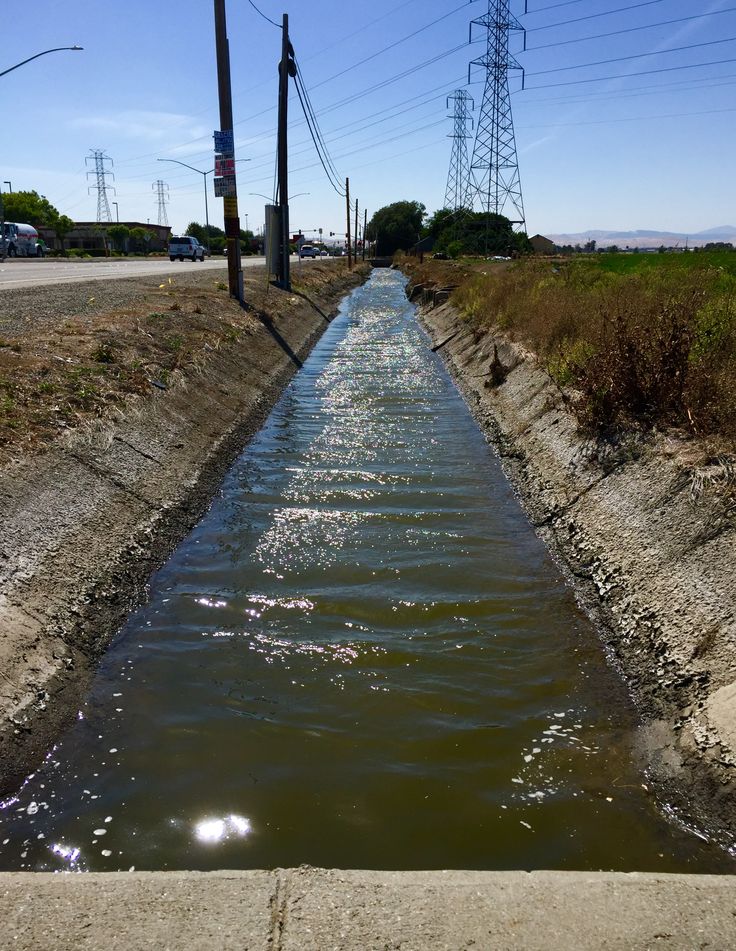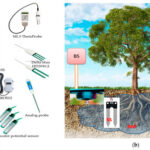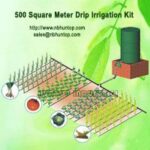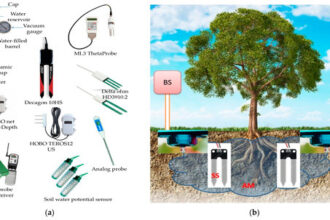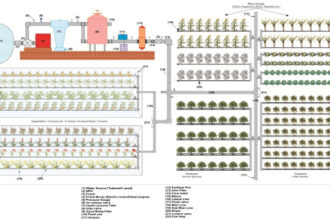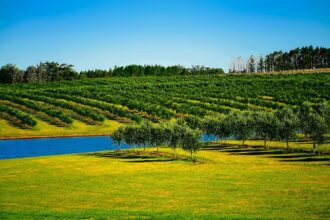Flood irrigation, a widely used surface irrigation method, involves distributing water across a field by gravity. Its simplicity, low cost, and widespread application make it one of the oldest and most accessible irrigation techniques. This article provides an in-depth exploration of the basics of flood irrigation, its types, advantages, challenges, and its role in modern agriculture.
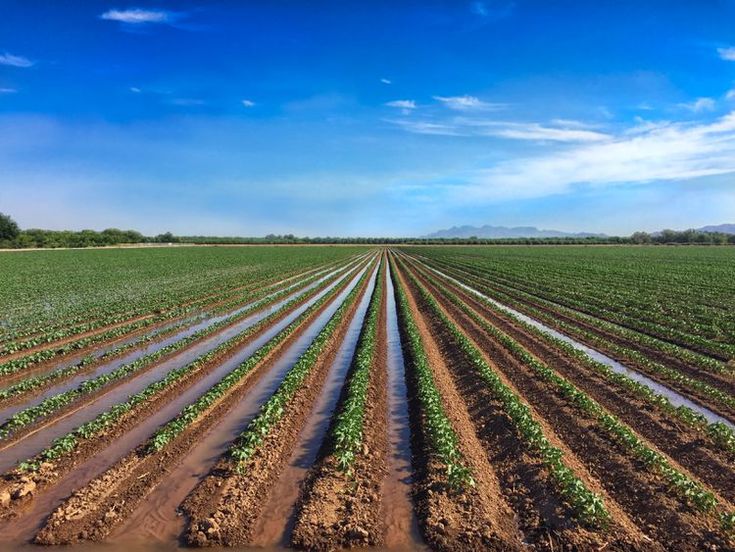
What is Flood Irrigation?
Flood irrigation is a surface irrigation method where water is released into the field to flow over the soil surface, saturating the ground. It relies on gravity for water movement and is commonly used in flat or slightly sloped fields.
Key Features of Flood Irrigation
- Gravity-Driven: No complex machinery is needed; gravity facilitates water flow.
- Direct Application: Water spreads across the soil surface, reaching crop roots.
- Wide Applicability: Suitable for various crops, especially water-intensive ones like rice and sugarcane.
Types of Flood Irrigation
Flood irrigation encompasses several sub-methods tailored to field conditions and crop needs:
1. Basin Irrigation
- Water is confined to a specific area surrounded by levees.
- Ideal for orchards and row crops.
2. Furrow Irrigation
- Water flows through small, parallel channels (furrows) between crop rows.
- Minimizes water contact with non-crop areas.
3. Border Irrigation
- Fields are divided into strips with raised borders.
- Water flows down each strip in a controlled manner.
4. Wild Flooding
- Water is released without specific controls, often used in uneven terrains.
- Requires minimal setup but risks water wastage.
Advantages of Flood Irrigation
Flood irrigation offers several benefits:
1. Cost-Effectiveness
- Low Infrastructure Costs: Requires only basic canals and ditches.
- Minimal Maintenance: No need for advanced equipment.
2. Soil Benefits
- Leaches Salts: Flushes out soil salts, preventing salinity buildup.
- Deep Soil Saturation: Promotes robust root growth for certain crops.
3. Ease of Implementation
- Can be set up with basic tools and knowledge.
- Accessible for small-scale and resource-limited farmers.

Challenges of Flood Irrigation
While beneficial, flood irrigation presents some challenges:
1. Water Inefficiency
- High water loss through evaporation and runoff.
- Unsuitable for water-scarce regions.
2. Field Suitability
- Requires level fields to ensure even water distribution.
- Uneven terrain leads to waterlogging or dry patches.
3. Soil and Crop Risks
- Erosion: Rapid water flow can degrade topsoil.
- Overwatering: Excessive water can harm crops and reduce yield.
Comparison Table: Flood Irrigation Methods
| Method | Advantages | Disadvantages |
|---|---|---|
| Basin Irrigation | Efficient water use, suitable for orchards | High labor for setup |
| Furrow Irrigation | Minimizes water wastage | Requires precise leveling |
| Border Irrigation | Even distribution, low labor | Needs level fields |
| Wild Flooding | Minimal setup, low cost | High water wastage, uneven flow |
Modern Enhancements in Flood Irrigation
To address inefficiencies, farmers are incorporating modern technologies:
1. Land Leveling
- Laser technology ensures uniform fields, improving water distribution.
2. Automated Gates
- Controls water release for precise flow management.
3. Runoff Recycling
- Captures and reuses excess water, reducing waste.
Real-Life Feedback from Farmers
Positive Experiences
- “Flood irrigation works well for my rice paddies. It’s affordable and effective.” – Raj, India
- “Leveling my fields improved water use efficiency dramatically.” – Maria, Brazil
Challenges Shared
- “Erosion is a recurring issue on my slightly sloped fields.” – John, Kenya
- “The uneven flow sometimes leaves parts of my field dry.” – Sofia, Mexico
How to Optimize Flood Irrigation
To make flood irrigation more effective:
- Invest in Field Preparation: Level fields to avoid uneven water distribution.
- Monitor Water Flow: Regularly check canals and ditches for blockages or leaks.
- Adopt Technology: Use automation where feasible to enhance efficiency.
- Plan Crop Rotation: Grow water-tolerant crops to maximize irrigation benefits.
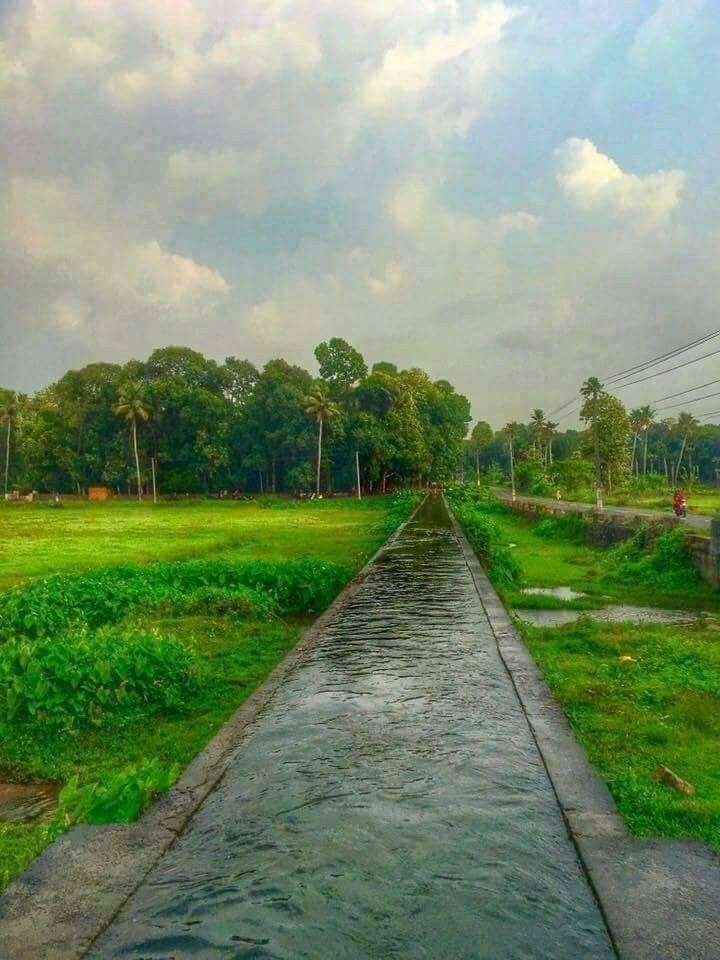
Conclusion
Flood irrigation remains a cornerstone of surface irrigation due to its simplicity and cost-effectiveness. While it has its limitations, modern innovations and careful planning can mitigate many challenges. Understanding the basics and implementing best practices ensures that this traditional method continues to play a vital role in sustainable agriculture.
